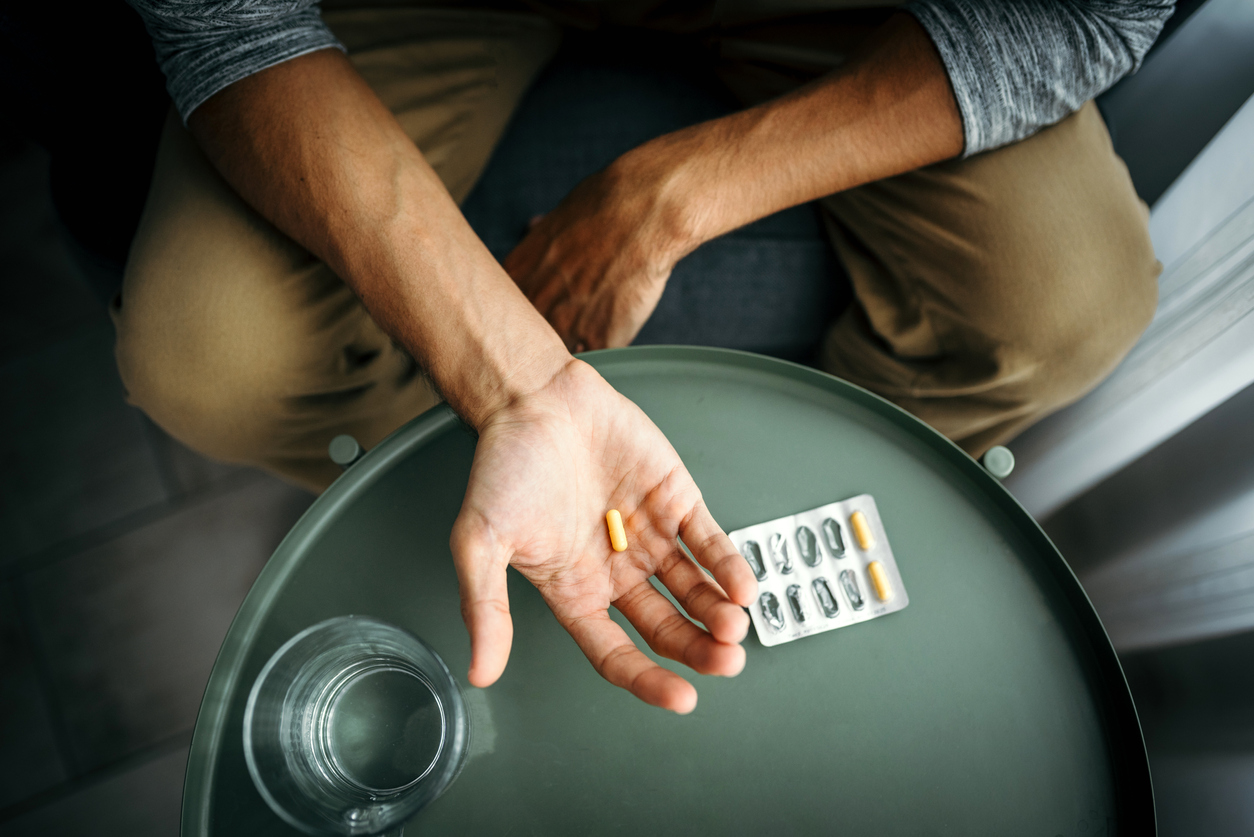Pain
Conventional Medical Treatments for Prostatitis

What is prostatitis?
Prostatitis is a condition that occurs when the prostate gland becomes inflamed. The prostate gland is approximately the size of a walnut and is located just below a man's bladder. Inflammation can spread to other areas surrounding the prostate.
The prostate gland surrounds the upper portion of the urethra, which is the tube that carries urine from the bladder. The prostate, along with other glands, produce fluid (semen) to protect sperm as they travel.
Conventional treatment
Prostatitis treatment is dependent on the type of prostatitis present and symptoms experienced. Normally, asymptomatic inflammatory prostatitis does not require treatment. Convention treatment options include medications, physical therapy, prostate massage, psychological therapy, and surgery.
Medications
Medications used to treat prostatitis include the following:
- Antibiotics
Acute and chronic bacterial prostatitis is typically treated with antibiotics. Antibiotics may be received intravenously prior to beginning pills. Treatment usually lasts two to six weeks; however, chronic prostatitis treatment may require up to three months of antibiotics. - Anti-inflammatories
Over-the-counter NSAIDs (non-steroidal anti-inflammatory drugs) reduce pain, inflammation and soreness occurring with prostatitis. If relief is not sufficient, a health care professional may prescribe stronger NSAIDs. - Antidepressants
Antidepressants can ease prostate-related pain and improve urinary flow. They can also be helpful if chronic pain develops. - Anticonvulsants
Prostatitis can sometimes cause nerve damage. Anticonvulsant medications help with neuropathic pain related to prostatitis. - Alpha-Adrenergic blocker
Also called alpha blockers, this medication relaxes the urinary tract and reduces muscle spasms. They decrease the risk of obstructions due to an enlarged prostate, which may lead to UTIs or prostatitis. This treatment may also relieve painful or difficult urination. - Sexual function medication
Prostatitis may cause sexual dysfunction or difficulty obtaining or holding an erection. Sildenafil may be prescribed to help with this.
Physical therapy
Physical therapy may be recommended as a way to combat recurring pain. Pelvic floor physical therapy, could include myofascial release, which relaxes connective tissues by applying gentle, sustained pressure. This can reduce or eliminate muscle spasms.
Prostate massage
Massaging the prostate and frequent ejaculations aid in emptying fluid from the prostate tubes. A prostate massage can help reduce pressure and swelling of the prostate by releasing built-up fluid. Massaging two to three times per week by a health care professional can be helpful.
Psychological therapy
Stress, anxiety and depression often result from chronic pain. A physician may refer someone with prostatitis to a therapist. This can help with controlling negative thoughts.
Surgery
Surgery may be necessary to remove stones from the prostate or scar tissue from the urethra. In rare cases, a prostatectomy (partial or full removal of the prostate gland) may be needed.










